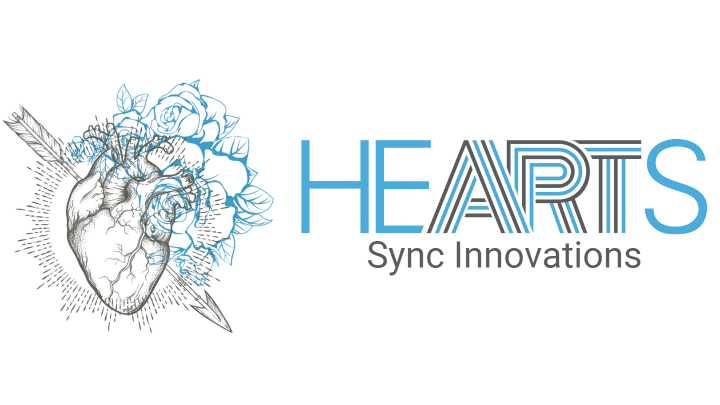The persistent myth: "In menopause, energy loss can hardly be influenced – it's purely hormone biology." Incorrect. Studies show that targeted nutrition not only alleviates symptoms but actively protects metabolism, bones, and heart. Surprisingly, even the choice of whole grains instead of white flour can measurably improve energy balance – all without weight loss as an intermediate goal [1].
Menopause is the phase following the last menstrual period, during which estrogen levels permanently decline. This affects multiple systems: thermoregulation, glucose metabolism, bone remodeling, and vascular function. Central to this are three terms: Vasomotor symptomshot flashes and night sweats due to altered temperature regulation, Insulin sensitivityhow well cells respond to insulin to take up glucose, Bone densitymineral content and strength of the bone. Nutrition acts here as a multiplier. For instance, whole grains and protein influence blood sugar and muscle mass, vitamin D improves calcium absorption in bones, soy isoflavones affect estrogen receptors – and high-quality fats modulate inflammatory signals linked to cardiovascular risks. For high achievers, this means: With smart food choices, you can stabilize energy, sleep, and training effects – day by day.
When estrogen decreases, blood sugar can fluctuate more easily. Refined carbohydrates drive insulin demand up – especially in postmenopausal women – and foster energy lows [2]. Switching to whole grains, on the other hand, slightly increases resting energy expenditure and boosts energy excretion through stool, which can favor long-term body weight and reduce cravings [1]. At the same time, menopause accelerates the loss of muscle mass – a driver for weaker performance and a slower metabolism. Sufficient protein plus resistance training counteracts this and simultaneously protects the bones [3]. For bone health, vitamin D is a lever: it improves calcium absorption and supports fracture reduction in at-risk individuals, especially when intake is adjusted and considered in combination [4]. From a cardiovascular perspective, focusing on healthy fats helps: fish oil reduces inflammatory markers like CRP and improves triglycerides – both relevant factors for vascular health in postmenopause [5]. An often-overlooked risk factor is salt: after menopause, the sensitivity of blood pressure to salt increases significantly, which can promote the development of hypertension [6].
In a controlled crossover study with postmenopausal women, refined wheat breads showed higher insulin-related responses than whole grain variants. Additionally, the analysis identified metabolic types where the fasting profile already predicted later insulin demand – indicating that the "right" carbohydrate quality can buffer energy drops after meals [2]. Furthermore, an eight-week controlled nutritional intervention demonstrated that switching to a whole grain-rich diet slightly increases resting energy expenditure and boosts caloric excretion. Net, this means a small but cumulatively relevant energy advantage daily – an elegant mechanism that makes the epidemiological benefits of whole grains plausible [1]. Regarding inflammation and heart health, a supplementation study with postmenopausal women showed: fish oil reduced CRP and IL‑6 compared to plant oil and improved triglycerides – a double win for vessels and systemic inflammation [5]. Concurrently, reviews support the role of vitamin D as a foundation in fracture risk, while protein intake, ideally combined with training, addresses muscle and bone loss – a practical, non-hormonal axis of prevention [4] [3]. Isoflavones from soy act as mild, selective modulators at estrogen receptors and may reduce hot flashes, especially in so-called equol producers. Clinical data support a moderate, safe effect in nutrition – useful for women who do not use HRT [7].
- Pay attention to vitamin D: Aim for a target level of 25(OH)D in the blood of 30–50 ng/ml; discuss dosage with a doctor if deficient. Combine vitamin D with calcium-rich foods (e.g., yogurt, green vegetables) to strengthen bones [4].
- Smartly integrate soy: 1–2 servings daily (e.g., 150 g tofu or 250 ml soy milk) can alleviate hot flashes. Prefer traditional soy products; maintain contact with a doctor in case of hormone-dependent conditions [7].
- Reduce refined carbohydrates: Replace white bread, sugary drinks, and sweets with whole grains, legumes, and berries to keep blood sugar and energy stable [2] [1].
- Increase protein intake: Aim for 1.2–1.6 g of protein/kg of body weight daily. Sources: legumes, lean meat, fish, skyr. Distribute protein throughout the day, especially after resistance training, to preserve muscle mass [3].
- Prioritize healthy fats: 2–3 fish meals per week (salmon, mackerel, herring) or EPA/DHA via supplements after consultation. Goal: dampen inflammation, lower triglycerides [5].
- Be mindful of salt: reduce table salt, use spices/herbs, and limit processed foods. Background: increasing salt sensitivity of blood pressure after menopause [6].
Menopausal nutrition is a high-performance strategy: stable blood sugar, resilient muscles, strong bones, and a calm cardiovascular system. Start this week with three moves: choose whole grains instead of white flour, set a daily protein target, check vitamin D status – and then fine-tune with soy and omega-3.
This health article was created with AI support and is intended to help people access current scientific health knowledge. It contributes to the democratization of science – however, it does not replace professional medical advice and may present individual details in a simplified or slightly inaccurate manner due to AI-generated content. HEARTPORT and its affiliates assume no liability for the accuracy, completeness, or applicability of the information provided.













